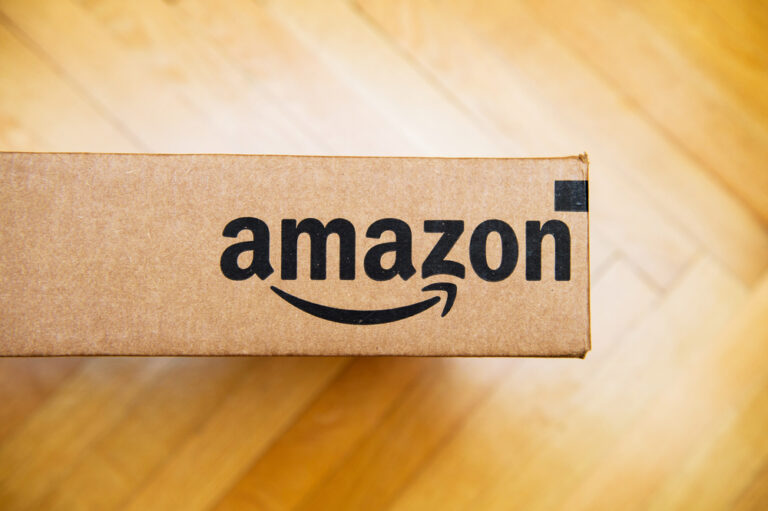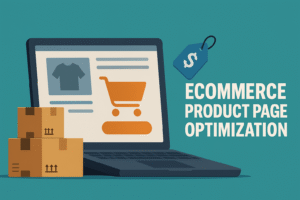Since its creation in 1994, Amazon has had an impact across the world, commonly referred to as “The Amazon Effect.” This can refer to Amazon’s impact on everything from online shopping, to shipping and order fulfillment, to what Amazon’s rise has meant for traditional brick and mortar retail businesses.
We are going to look at three of the biggest areas Amazon has impacted: customers, technology, and supply and distribution chains.
Customers
Perhaps Amazon’s biggest impact has been on customer expectations. A decade ago, nobody would have given a second thought to the idea of waiting a few weeks for an order to be delivered.
Today, thanks to their affordable Amazon Prime membership, 2-day shipping has become the standard for orders placed online. Amazon is pushing the boundaries even further by utilizing their ever expanding network of fulfillment centers and offering 1-day shipping on many items. In some areas, same day delivery is even an option.
The result has been that customers expect their orders faster than ever, and they want their shipping for very inexpensive rates or, in most cases, for free.
These expectations have been hard for some smaller businesses to match, and even for some larger ones.
At one time, the other draw of Amazon for customers was routinely finding lower prices on products they wanted. As their customer base has grown, so have their prices. Not including sales and special events like Prime Day, prices on Amazon today are inline with other major retailers. For customers now, it is all about the convenience and speed of delivery.
Technology
When you are looking at supply chains, Amazon is leading the charge when it comes to technology.
They have made heavy investments in AI designed to recognize ecommerce trends and customer behavior.
Most people are familiar with their investments and use of drone technology for order fulfillment, but that may be just the tip of the iceberg in terms of what they have planned. In 2016, Amazon filed a patent that was granted in 2018 for aerial fulfillment centers.
The idea is to have airships that remain at high altitudes and deliver packages by drone. This would greatly reduce the energy required for drones to deliver orders to their destinations.
These AFCs (airborne fulfillment centers) would stay afloat with helium or hot air, according to the patent. They could be stocked with inventory based on the area that they are deployed over. The patent also states that potentially customers could browse the inventory of the AFCs in their area to see what they have in stock.
These are likely just a few of the areas in which we will see Amazon continue to innovate down the road, as well as competitors trying to compete with the global giant.
Supply and Distribution Chains
Amazon has had an impact on supply chains as well. In order to keep up with customer demand, supply chains have had to adapt to the changing environment by looking for ways to become more efficient while also reducing costs. Amazon’s rise has coincided with a drop in shipping prices from all the major carriers.
Many businesses have turned to using third-party logistics companies to handle their order fulfillment in order to stay competitive. Outsourcing order fulfillment has allowed them to offer faster deliveries while reducing shipping costs by leveraging the rates that 3PL companies can offer.
Going Forward
“The Amazon Effect” has changed the world around us. It is, and will continue to be, a driving force in the future of ecommerce and logistics.









